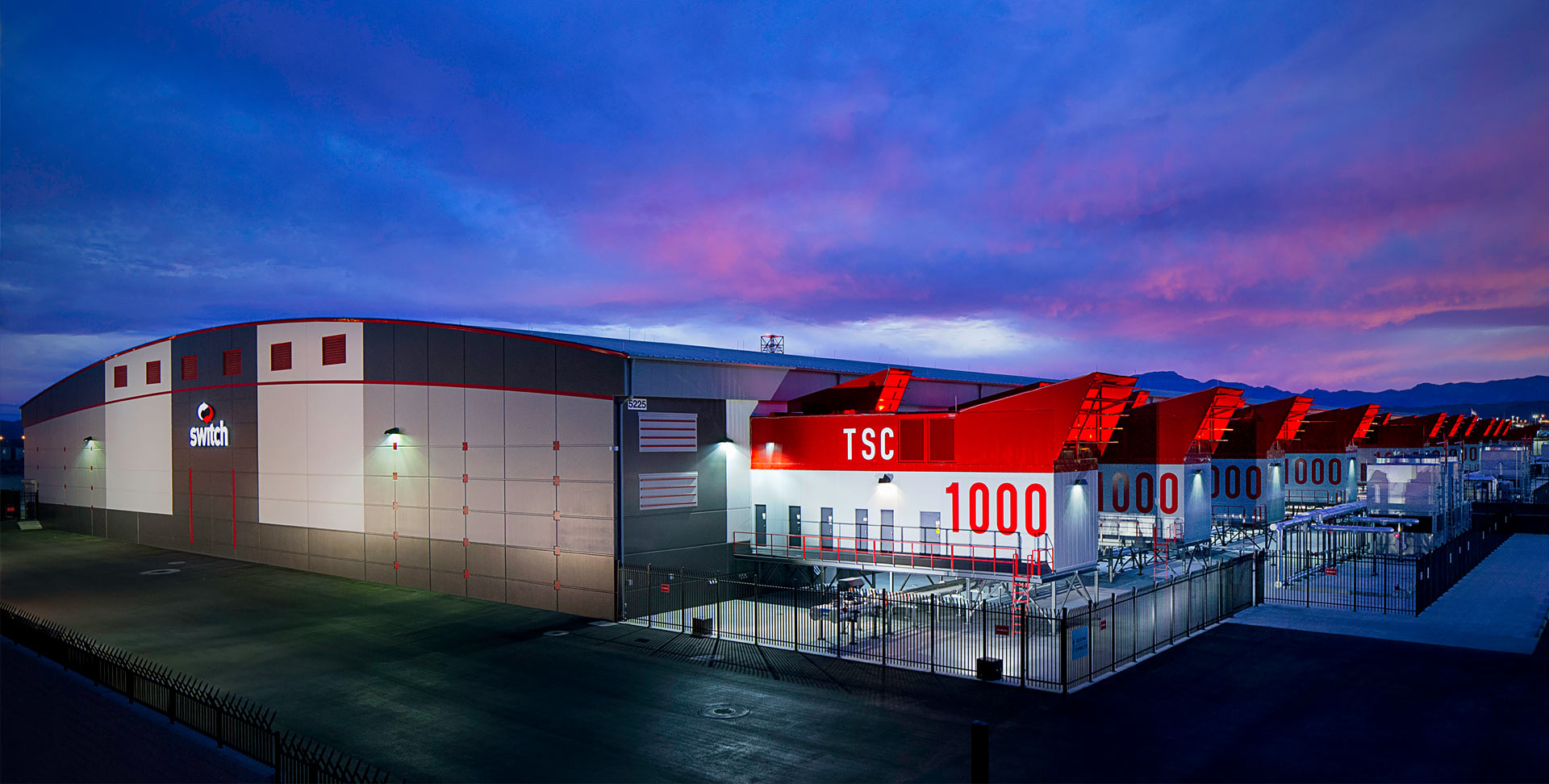
Giant data centre operator Switch has entered into an agreement to power all of its Nevada, US, sites with renewable energy.
The colo’s SUPERNAP data centres, where over 1,000 customers sit, will be powered by solar panels deployed in solar farms in the state.
During the construction of its 180-megawatts of solar generation projects, Switch Station 1 and Switch Station 2, Switch has partnered with local utility NV Energy to utilise renewable energy from existing facilities in the area.
Construction of Switch Station 1 and Switch Station 2 will be completed by First Solar in partnership with NV Energy and Switch before the end of 2016.
Switch has also joined the American Business Act on Climate Change, backed by President Barack Obama. The White House-led initiative brings private-sector companies together who pledge to combat climate change.
Rob Roy, Switch’s CEO said: "From the more than 218 patented technologies that run the SUPERNAP data centres to the third-party audited industry leading PUE to the purchase of 100% renewable power, Switch has cemented itself as the leader of sustainability in the data centre industry."
Daniel Beazer, analyst at Cogeco Peer 1, told CBR: "At the moment, green data centres are a niche requirement. For SwitchNAP it is different because they put their data centres in the middle of a great big desert, so it makes sense for them."
As all business verticals digitalise, data centres are assuming a growing importance with their hosting services, consequently increasing energy consumption.
The global footprint for data centre electricity use is expected to reach 800TWhr this year, with a steep increase to over 1200TWhr by 2020, according to Alliance Trust Investments.
In the US, the National Resources Defense Council (NRDC) has said that data centres are one of the largest and fastest growing consumers of electricity in the country.
The environmental action group estimates that in 2013 US hubs consumed an estimated 91 billion kilowatt-hours of electricity, or enough electricity to power all the households in New York City twice over. By 2020, the NRDC estimates this will increase to 140 billion kilowatt-hours.
Other companies like Google, Facebook and colo Equinix are also looking at 100% green energy sources to power their sites and reduce their carbon footprint.
In May last year, Greenpeace warned providers of soaring pollution levels as data centres increase their hosting capabilities. The organisation said that the rapid transition new models that supplant on-device storage with the cloud, means more demand for data centre capacity, which will require more energy to power.
Simon Brady, EMEA optimisation program manager at Emerson Network Power, told CBR: "Every person, business and industry should be looking to adopt green energy, not just data centres.
"It is important to understand that it is not just where your energy comes from, but how efficiently that energy is used over time. After all, what is the point of a data centre sourcing all of its energy from a carbon neutral source when they waste 20% of that energy?"
As more data centres embrace renewable energy, at DCD Europe last year the industry learnt that by moving power sources from national grids to green ways, colos will also become more social and play an important role within the communities they sit in.
Speaking to other colos looking to follow Switch’s example, Brady said: "A real revolution starts with looking at data centre facilities as one complete system.
"The most efficient data centres, such as the ones owned by Facebook and Google, are built to perfectly match their IT loads. In turn, they can achieve optimum PUE ratings from their equipment."
Beazer also said that with Google and Facebook, "the feeling is that it is a bit more of a fad than an engineering trend". However, he said that renewable energies will only become a trend amongst provider "if we start seeing significant take up in the Nordics". He said: "Then we will know if it is a serious movement."






